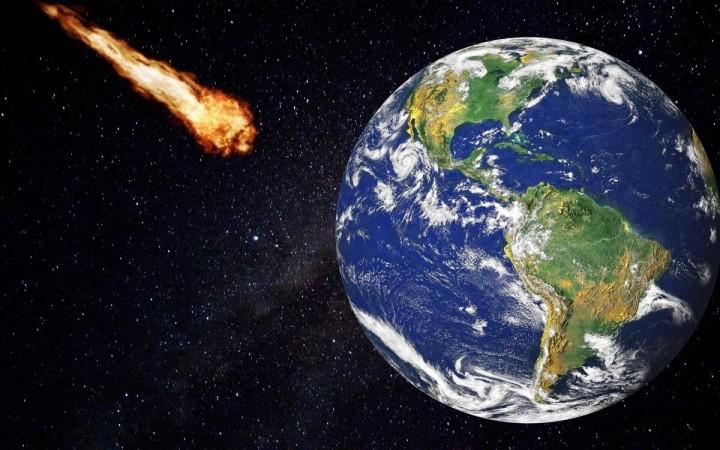The solar system in which the earth resides is not a calm place, as there are several asteroids lurking everywhere that could result in a potential collision with other space bodies. It was one such asteroid that hit the earth around 66 million years ago, resulting in the extinction of dinosaurs. Now, scientists have detected a mysterious giant asteroid that is lurking in the solar system, and shockingly, this monstrous space body even hurled a meteor at earth.
Asteroid mystery continues
The evidence for this mysterious space rock in the solar system comes from a meteor that exploded above Sudan in 2008, as tracked by NASA and measuring about 4 meters in diameter. Due to the prior information of a potential atmospheric entry, researchers had shown up in the Sudanese desert to collect valuable debris.

Now, a new study conducted by one of those collected meteorites has suggested that the meteor may have broken off of a giant asteroid. Researchers who took part in the study also believe that this giant asteroid could be more or less the size of the dwarf planet Ceres, the largest object in the asteroid belt.
Amphibole holds the key
Scientists who took part in the study made this conclusion after analyzing the presence of a mineral named Amphibole in the meteorite. Even though Amphibole is present on earth, it has only appeared once before in trace amounts in a meteorite known as Allende.
However, the Amphibole content in the meteorite discovered in the Sudanese desert is very high, and it indicates that this fragment broke off a parent asteroid that had never hurled rocks at the earth.
"AhS is a serendipitous source of information about early Solar System materials that are not represented by CC meteorites in our collections,'' said Dr. Vicky Hamilton, a staff scientist at the South West Research Institute and the first author of this study, in a recent statement.














